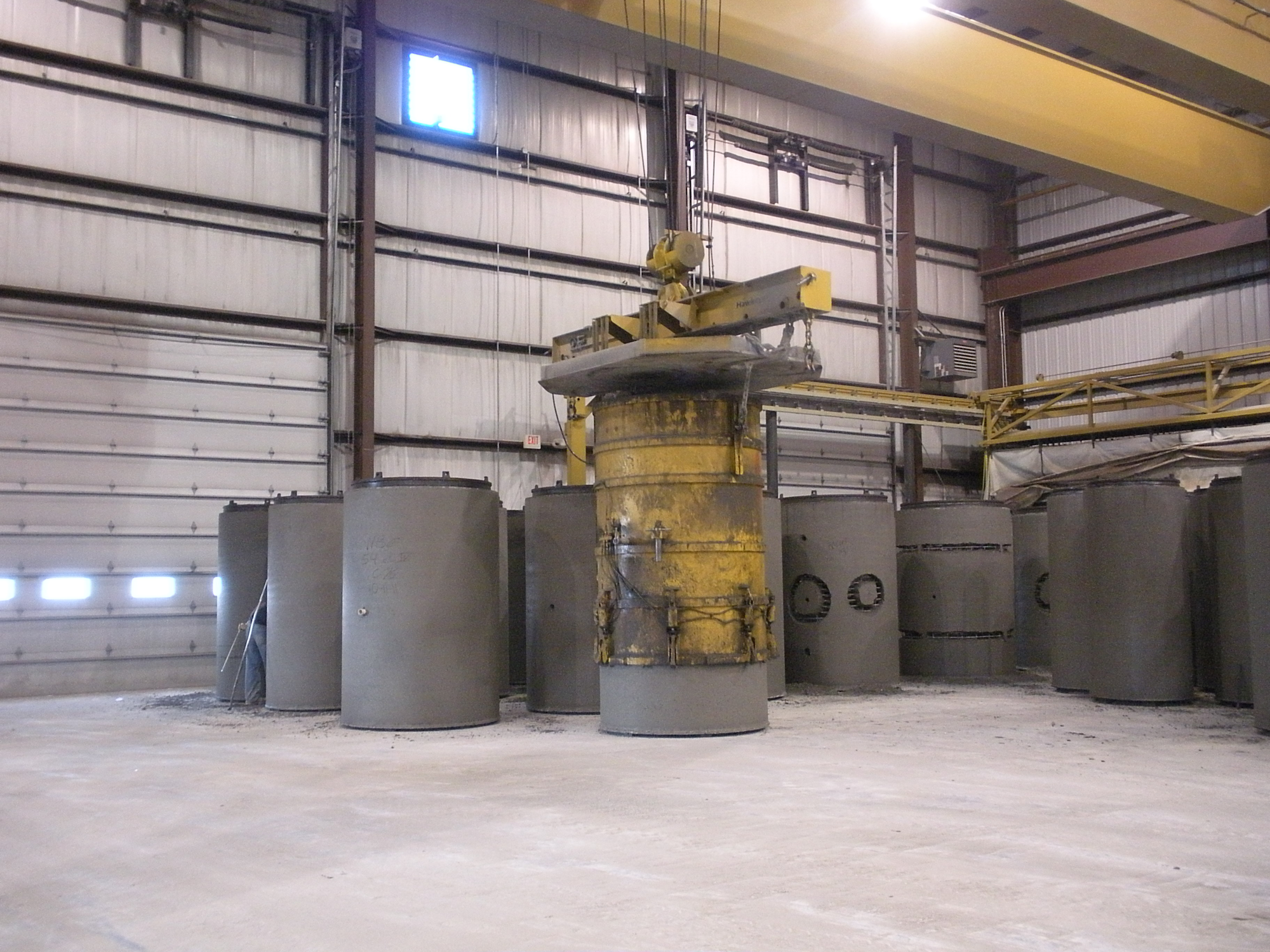I just got back from spending a whole week attending Autodesk University, AU, and as usual have come away with a lot of knowledge, but also a lot of questions about the engineering profession and where it is going.
At the opening session, there were presentations related to the future of design which were incredible. The one that appealed to me as a civil engineer was a fly through of a city showing all visual components of an urban area that could be drawn/re-created in a 3-D virtual environment. We were shown virtual streets, landscaping, underground utilities, and buildings. The cool element of all this is that the whole virtual site would be populated in a GIS-type fashion making the "drawing" a type of 3-D GIS production.
But everytime I am shown some futuristic presentation like this, I can't help but wonder how all of us are going to find the time to learn how to do it all, and as software becomes more involved, how many of us are going to be able to keep up with the learning curve. At what point have we evolved beyond where the majority can keep up?
Someone has to collect and input all that data and information, and someone has to know how to run all that software. The amount of information to collect and the amount of work required to input all of it to produce that type of 3-D model presents a daunting challenge. Particularly at a time when the workforce is diminishing and the government continues to cut investment in infrastructure.
There are several signs that point to this emerging challenge. Several people I spoke with at AU were reluctant to embrace some of the existing programs that have been around for a while due to the learning curve required to master the software. I am included in this group – I would love to move up to Civil 3D because it appears to be an awesome program, but I cannot invest the time right now to learn it. As long as I can continue to produce with the software I already have and know, there is little incentive to invest any more time and money on learning new software.
A recent survey related to this subject was conducted by CE Magazine. The results, summarized in an article at www.cenews.com, showed that almost 70% of those surveyed did not feel they were trained well enough to maximize the use of their civil engineering software. Yet a little more than 60% reported that 3-D modeling and GIS/CAD interchange would have the biggest impact on the civil engineering profession in the next five to 10 years.
Some say the younger generation growing up with computers in their homes will fall right into this type of work environment. However, my experience has been that not all of this younger generation can always make technology work for them – they don't have the magical connection with it that some seem to imply is there. An analogy would be that all of us living today have grown up with cars, drive them almost every day, and yet many of us cannot fix the car or make it work if something goes wrong. We need an expert who has been trained in car repair to get it working for us again.
Just because a future engineer grows up with computers and software, we should not think/hope/expect them to show up on the jobsite after graduation prepared to fully utilize all of the computer equipment and software that we provide. The key components to fully utilizing the tools that are already available and which will be developed in the near future is education and staffing. That is why I feel attendance at events like AU is so important for those of us in engineering and public works.
As was stressed at AU, the tools are no longer holding us back – companies like Autodesk are at the cutting edge of technology and are driving us into the future. I just hope there will continue to be drivers to keep us going.


